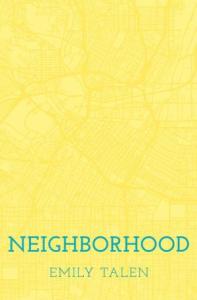Neighborhood
This research, culminating in my book titled Neighborhood (Oxford Press, 2019), is written in support of those who believe that neighborhoods should be genuinely relevant in our lives—not as casual descriptors of geographic location, but as places that provide an essential context for daily life.
But there is a lot working against this basic conception of neighborhood: that neighborhoods are irrelevant in a world of far-flung social relations; that neighborhoods are enablers of gentrification and segregation; that neighborhoods correlate with isolation and exclusion; and that neighborhoods prevent connection to wider networks.
The research takes stock of these debates—about how neighborhoods should be designed, whether they can be planned, how they should be governed, how residents within them relate to each other, and how to deal with their segregationist tendencies. What emerges is a proposal for the “everyday neighborhood,” an identifiable, serviced, diverse, and connected place.
The “Everyday Neighborhood” has the following qualities:
- It has a name
- Residents know where it is, what it is, and whether they belong to it
- It has at least one place that serves as its center
- It has a generally agreed-upon spatial extent
- It has everyday facilities and services, although it is not self-contained
- It has internal and external connectivity
- It has social diversity within it, or it is open to its enabling
- It has a means of representation, a means by which residents can be involved in its affairs, and an ability to speak with a collective voice
 THE UNIVERSITY OF CHICAGO
THE UNIVERSITY OF CHICAGO


